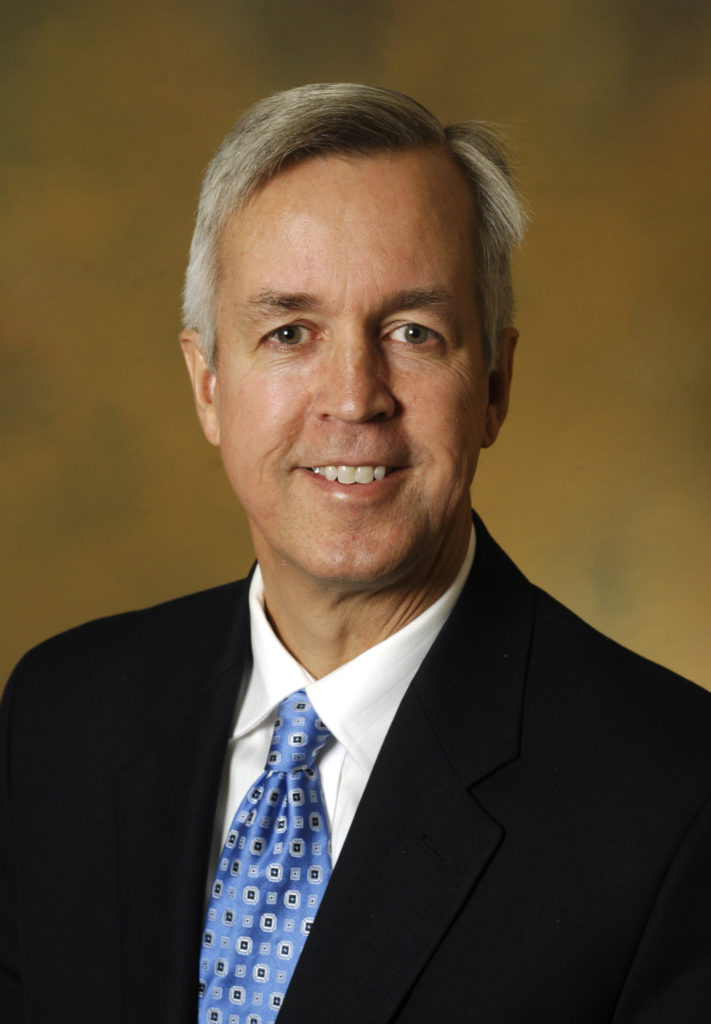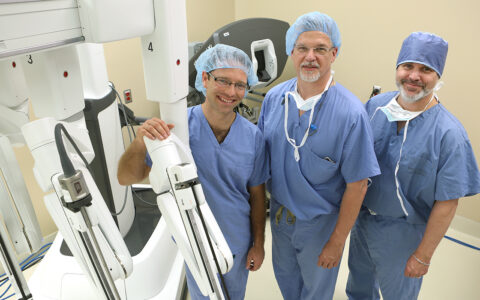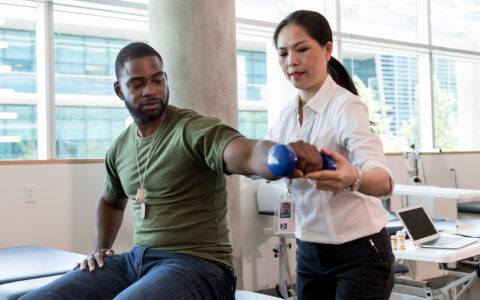Let’s say you are a researcher who discovers a product with commercial potential but has no idea about how to take it to market – starting with the need for investment capital.
Kenneth Holroyd, M.D., M.B.A., medical director for the Center for Technology Transfer and Commercialization (CTTC) at Vanderbilt, has some insights to share with you.
Initial Steps to Take
According to Holroyd, early in product development is a great time to consider multiple funding avenues, such as contributions from friends or family or even tapping into personal capital. Grants also may be available from government agencies.
The U.S. National Institutes of Health, for example, provides funding options without taking an ownership position in the newly forming company, which can be helpful for innovators early in the process.
Holroyd suggests looking for small business grants at the start of the commercialization process. For Vanderbilt innovators, the CTTC can provide pointers for applying for government grants, such as Small Business Innovation and Research funds, as well as other assistance.
In some cases, a “seed” or “angel” investor may be needed to kick-start a project, and in such cases, it is helpful to know the investors’ expectations. Often, they are looking for a project helmed by “a team of people that have some business experience to complement their clinical and scientific experience,” Holroyd said.
Strong on Teamwork
“Entrepreneurship is a team sport, and that team is very important to investors,” Holroyd said.
The right team can determine the best way to move a product toward commercialization and to the goal of serving consumers. An optimal team often includes those with business experience that complement other team members’ technical or medical expertise.
“Entrepreneurship is a team sport, and that team is very important to investors.”
Focus on What Investors Seek
According to Holroyd, investors may wish to prioritize initiatives that can move quickly to the marketplace or those that “have an integrated plan to try to cover as many of the business and regulatory and clinical aspects with the budget.”
In short, investors want to know where the money is going and how financial investment will further the business case for the product, Holroyd said.
Additionally, investors often are looking for milestones to indicate progress. This can be especially important when seeking secondary infusions of capital and may require a structured series of steps based on meeting specific goals.
Working With Business Resources
Holroyd urges innovators to manage their expectations.
“It will surely take a lot of presentations by you and your team to find that investor that matches your vision,” he said.
A typical investor group chooses to support just one out of every 100-plus opportunities they are presented with, he explained.
At Vanderbilt, the CTTC and the Brock Family Center for Applied Innovation can help link innovators with likely investors. Holroyd said CTTC staff can also help start-ups develop presentations, offering suggestions on what might be the most compelling case for business impact that could help increase the value of the company.
Don’t forget your personal network, he added.
“A lot of times, the right investor is a partner company from your own specialized clinical or technical network,” Holroyd said.
The Brock Family Center for Applied Innovation works to connect creators with coaches who can help in developing the business side of their enterprise.
CTTC also has a program involving “entrepreneurs-in-residence” that may be matched up with members of a product team.
While it can be a challenge to begin approaching investors, the CTTC offers innovators a way to make the process smoother through expert coaching and guidance.




